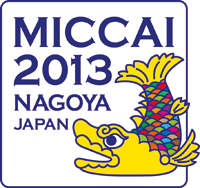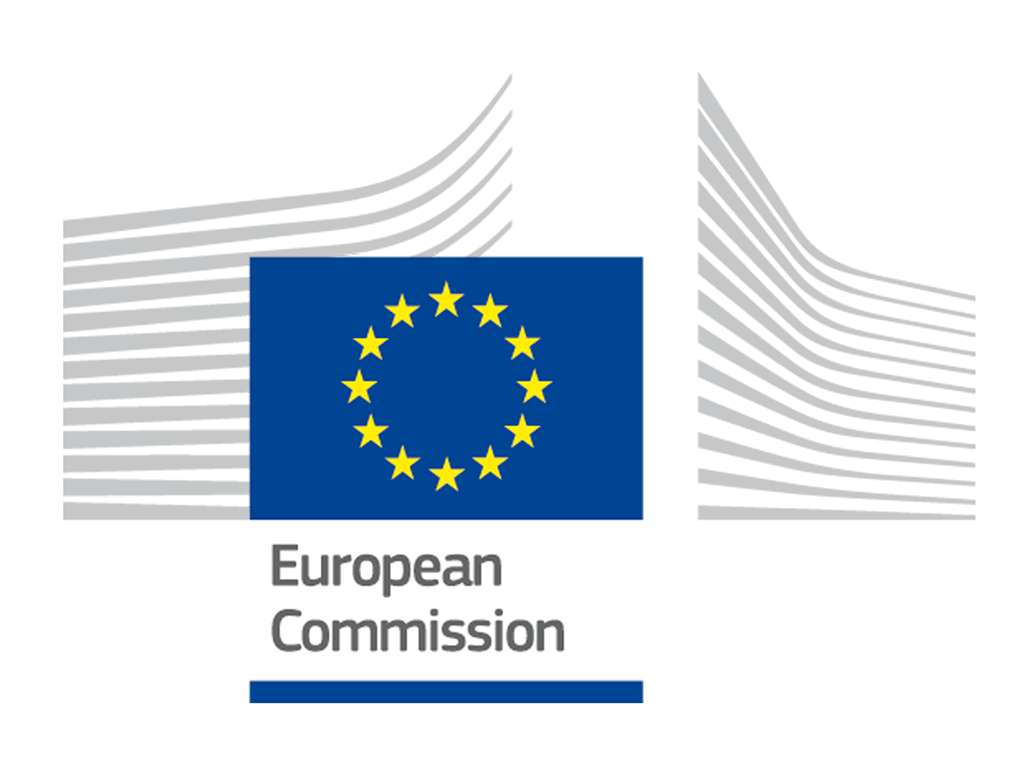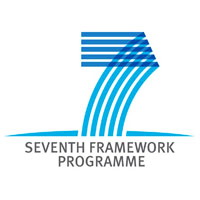Invited Speakers
Hervé Delingette
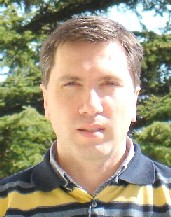 |
Hervé Delingette is an INRIA Research Director working in the ASCLEPIOS research team. He is leading the CardioSense3D Large Initiative Action about the electro-mechanical modeling of the heart.
Abstract: Among the applications of medical image analysis, therapy training and planning often require to simulate the physics and the physiology of the human body in a patient specific manner but with different objectives and constraints. While interactive computational efficiency is often required to develop interactive medical simulators for therapy training, accurate models compatible with clinical constraints must be developed for therapy planning. In this presentation, the construction of computational meshes from medical images for both therapy training and planning and their impact on simulation efficiency and accuracy will be reviewed. A specific focus will be given on the impact of surface representations for image segmentation as well as the relationships between element geometry and finite element modeling. Several software pipelines will be presented linking medical images to patient specific models in the context of liver and cardiac therapies. |
Kenji Shimada
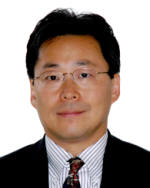 |
Kenji Shimada is the Theodore Ahrens Professor in Engineering at Mechanical Engineering at Carnegie Institute of Technology.
Abstract: As more diverse imaging techniques are made available for medical diagnosis, treatment, and surgery, it has become critical to be able to process images efficiently and automatically to generate geometry and meshes that are suitable for a target clinical application. In this talk, after outlining the general concept of the image-to-geometry-to-mesh (I2G2M) pipeline, we will discuss diverse requirements and constraints specific to different imaging modalities and target applications. Four sample I2G2M pipelines will be presented to illustrate the diverse requirements and constraints: bone deformity correction with distraction osteogenesis; diagnosis of abdominal aortic aneurysms and cerebral aneurysms; prostate cryosurgery planning and training; and traumatic brain injury analyses. The talk will conclude with several observations: it is critical to differentiate the image-to-geometry problem and the image-to-mesh problem; the I2G2M pipeline needs continued research and development; and the research and development community needs more interaction across different application domains. |
Leo Grady
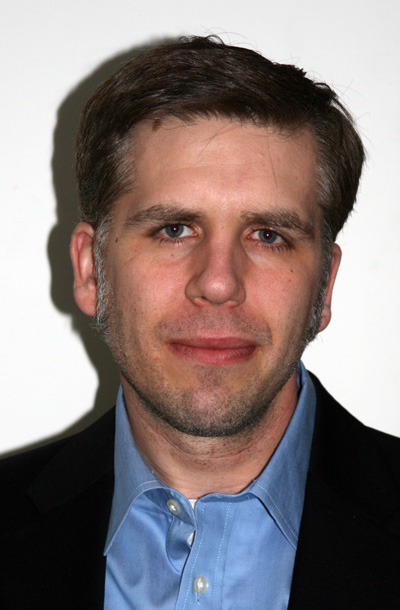 |
Leo Grady is VP of Research and Development at HeartFlow, Inc. in Redwood City, California.
Abstract: Coronary heart disease is the leading cause of mortality worldwide, accounting for 1/3 of all global deaths. Recent studies have conclusively demonstrated that measuring the blood flow distal to a narrowing is the best predictor of disease severity and is therefore critical to determining optimal treatment for a patient. However, measurement of blood flow is an invasive procedure which is both costly and risky to the patient. In contrast to this invasive approach for measuring blood flow in a diseased vessel, we have demonstrated that it is possible to perform an accurate blood flow simulation to produce a computed blood flow measurement. We have demonstrated with prospective, randomized clinical trials that this blood flow simulation is accurate and ready for commercialization. However, an accurate patient-specific simulation critically depends on our ability to create a hyperaccurate 3D mesh model of the patient's vasculature from cardiac CT images. In contrast to many clinical applications, our primary constraint is not speed of the image-to-mesh operation, but rather accuracy to the image data and reproducibility of any manual corrections. |
Best paper prize
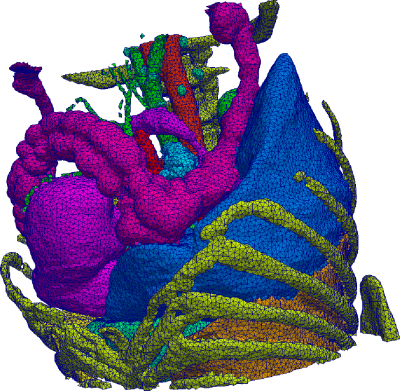 The best paper prize for MeshMed 2013 went to Sergio Vera and his coworkers for the paper: Volumetric Anatomical Parameterization and Meshing for Inter-patient Liver Coordinate System Definition. Congratulations!
The best paper prize for MeshMed 2013 went to Sergio Vera and his coworkers for the paper: Volumetric Anatomical Parameterization and Meshing for Inter-patient Liver Coordinate System Definition. Congratulations!
Program
Each paper has 15 minutes for presentation and 5 minutes for Q and A. Nagoya University, Room IB013Nagoya, Japan
September 26, 2013
| Time | Activity |
|---|---|
| 7.30- | Registration |
| 9.00 | Welcome |
| 9.05 | Invited Plenary Talk: Hervé Delingette |
| 9.50 | Volumetric Anatomical Parameterization and Meshing for Inter-patient Liver Coordinate System Definition. Sergio Vera, Miguel Ángel González Ballester and Debora Gil. |
| 10.10 | Analysis of Surface Folding Patterns of Diccols using the GPU-Optimized Geodesic Field Estimate. Anirban Mukhopadhyay, Chul Woo Lim, Suchendra Bhandarkar, Hanbo Chen, Tianming Liu, Khaled Rasheed and Thiab Taha. |
| 10.30 | Coffee Break |
| 11.00 | Invited Plenary Talk: Kenji Shimada |
| 11.50 | Finite Element Model for Patient-Specific Functional Simulations of Cochlear Implants. Mario Ceresa, Hans Martin Kjer, Sergio Vera, Noemí Carranza, Frederic Perez, Livia Barazzetti, Pavel Mistrik, Anandhan Dhanasingh, Marco Caversaccio, Martin Stauber, Mauricio Reyes, Rasmus R. Paulsen and Miguel Angel González-Ballester. |
| 12.10 | Cochlear Finite Element Modelling: Mesh Quality Under SSM-Driven Deformations. Hans Martin Kjer, Mario Ceresa, Noemi Carranza, Sergio Vera, Frederic Perez, Livia Barazzetti, Mauricio Reyes, Miguel Angel Gonzalez Ballester and Rasmus R. Paulsen. |
| 12.30 | Lunch |
| 14.00 | Invited Plenary Talk: Leo Grady |
| 14.50 | A Family of Fast Spherical Registration Algorithms for Cortical Shapes. Boris Gutman, Sarah Madsen, Arthur Toga and Paul Thompson. |
| 15.10 | Image to Mesh: Spinal Ligament 2D Surface Models from Bone Volume Images and Dynamic Radiographs Md. Abedul Haque and G. Elisabeta Marai. |
| 15.30 | Coffee Break |
| 16.00 | Adaptive Mesh Reconstruction in X-Ray Tomography. Fanny Buyens, Michele Quinto and Dominique Houzet. |
| 16.20-16.40 | Best paper prize, Discussion, and Workshop closing |
